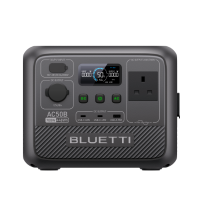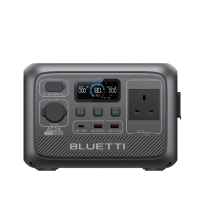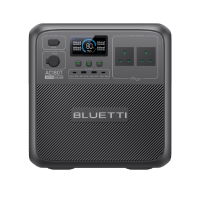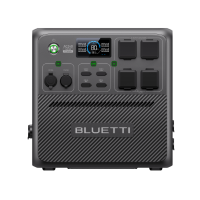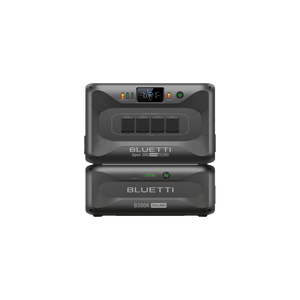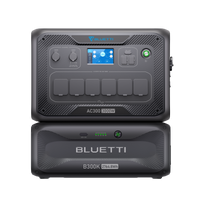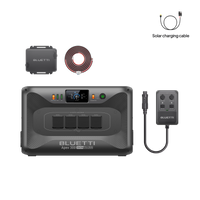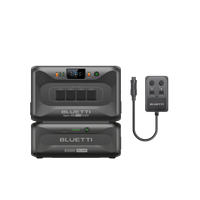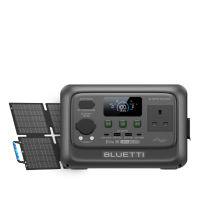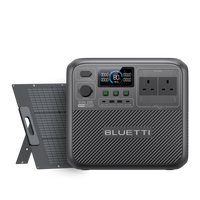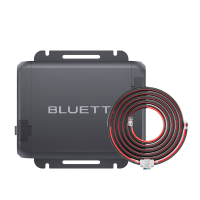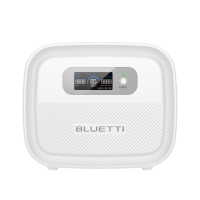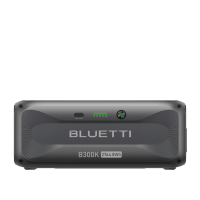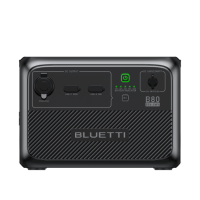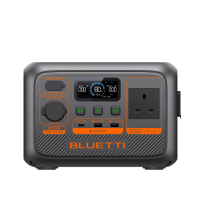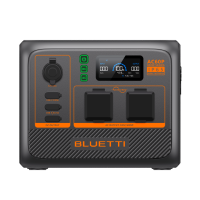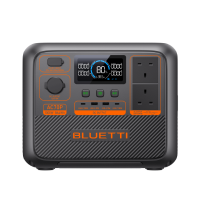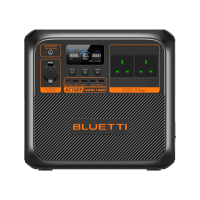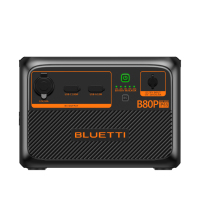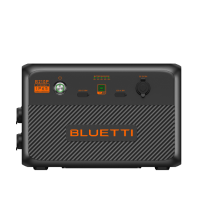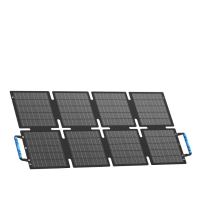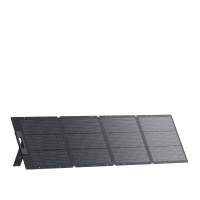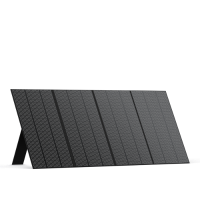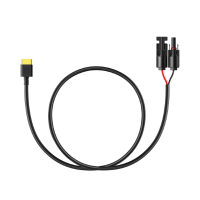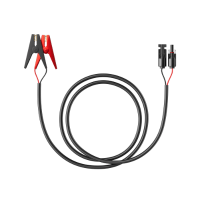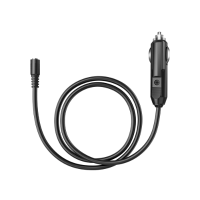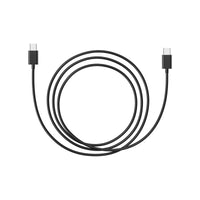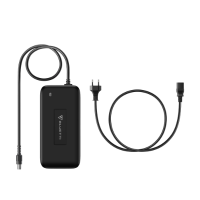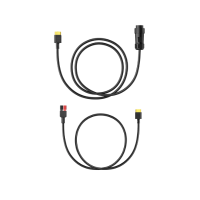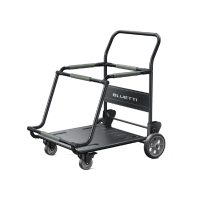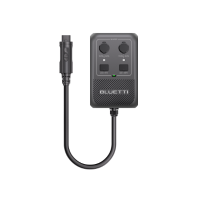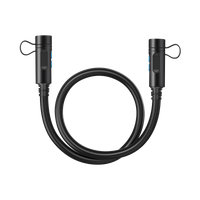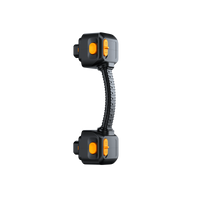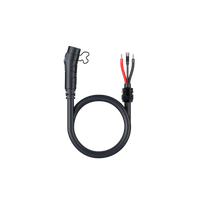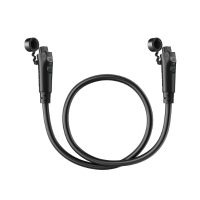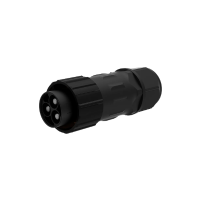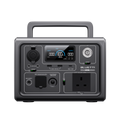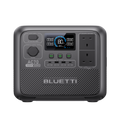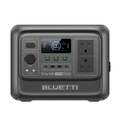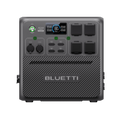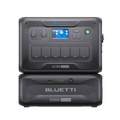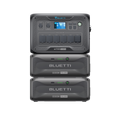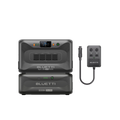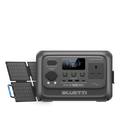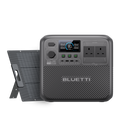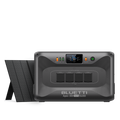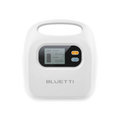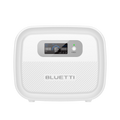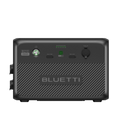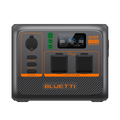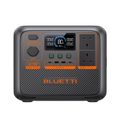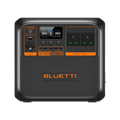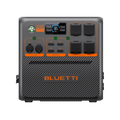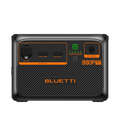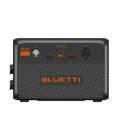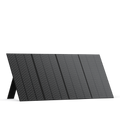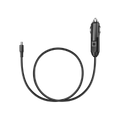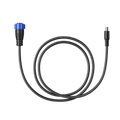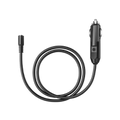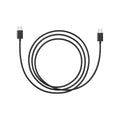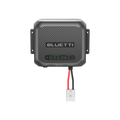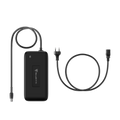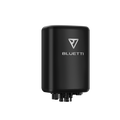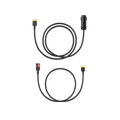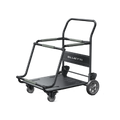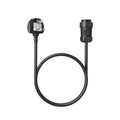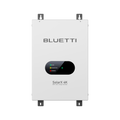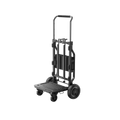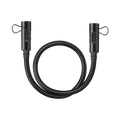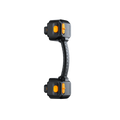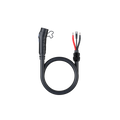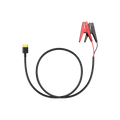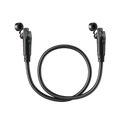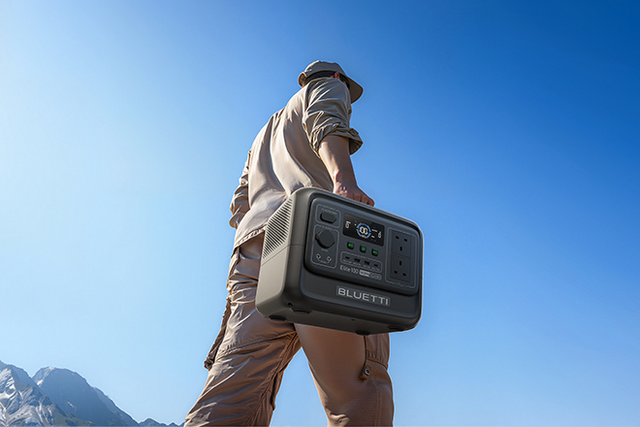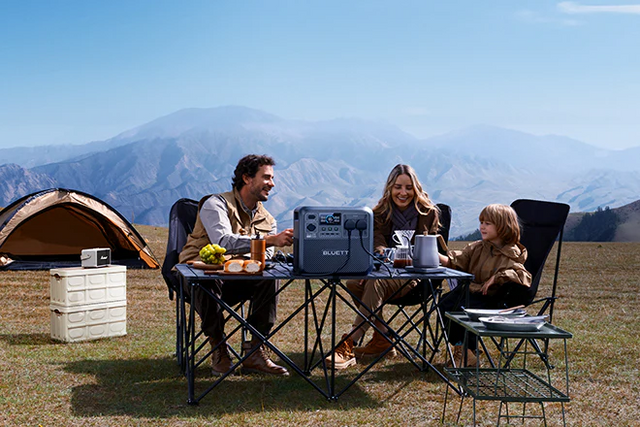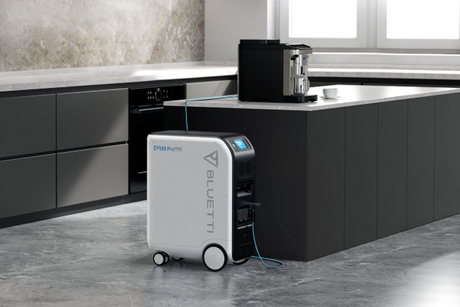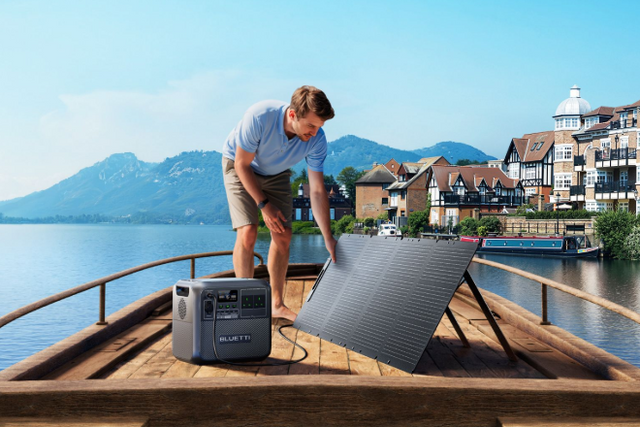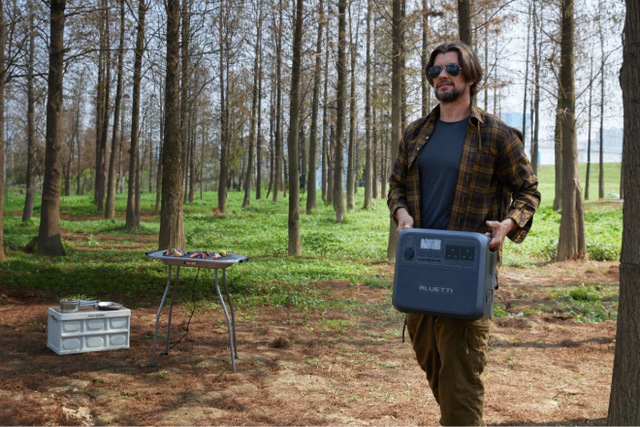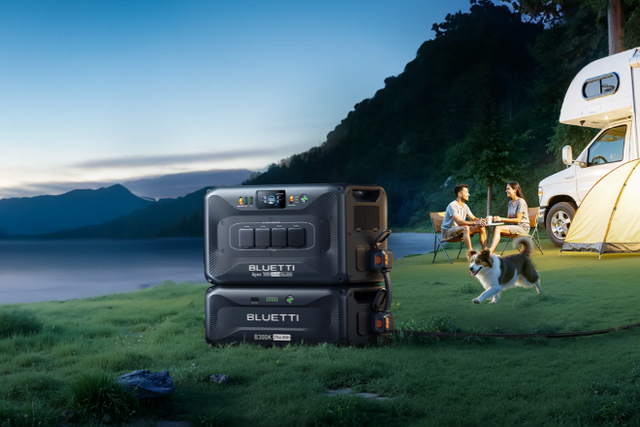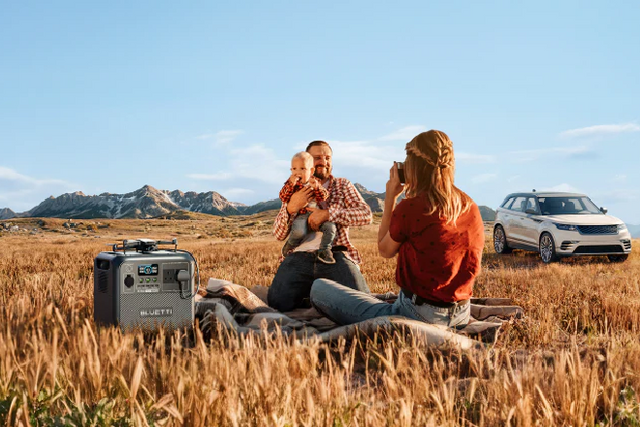Taking Your Motorhome Abroad from the UK: A Complete Guide for European Adventures
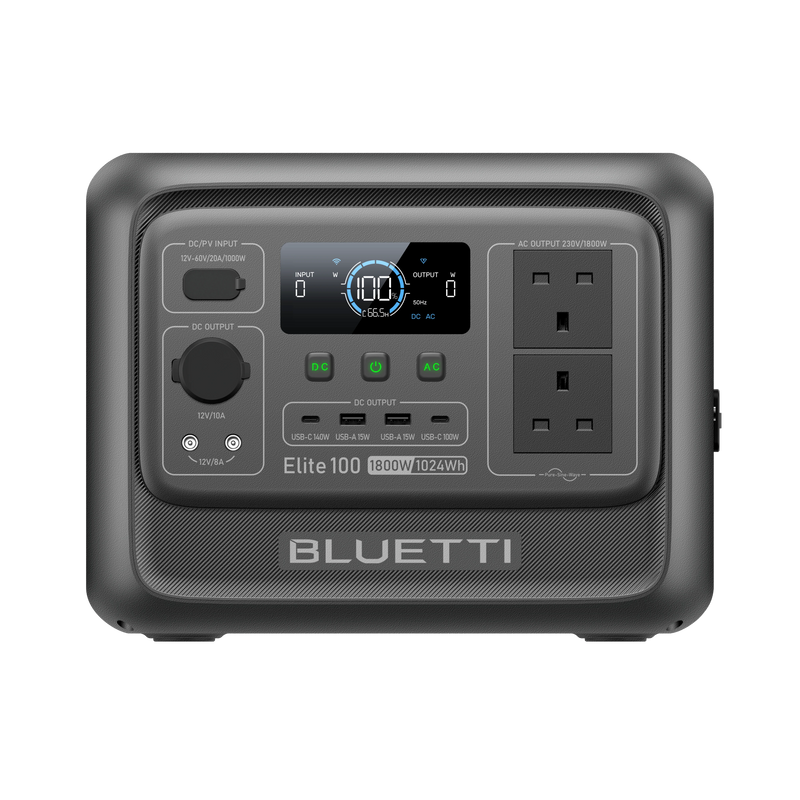
BLUETTI Elite 100 V2 Portable Power Station | 1,024Wh 1,800W
Exploring Europe in a motorhome offers an unparalleled sense of freedom and discovery. Imagine waking up to a new view every morning, creating a truly personal adventure guided by your own curiosity. It’s the thrill of solo van life adventures in Spain, finding remote coastal park-ups, and discovering picturesque French villages, all at your own pace.
However, a successful and stress-free journey hinges on careful preparation. Understanding the rules, planning your route, and packing the right equipment are essential steps before you even start your engine. This guide provides a comprehensive overview for taking your motorhome abroad from the UK, ensuring your European road trip is as smooth and enjoyable as possible.
1. Can You Take Your Motorhome Abroad from the UK?
Yes, travelling from the UK to continental Europe with your motorhome is a popular and very achievable goal. With the right documents and planning, the continent is open for you to explore.
Which Countries Can You Visit?
Based on the experiences of fellow UK travellers, a wide range of European countries are accessible and welcoming to motorhome adventurers. Popular destinations include:
-
France
-
Spain
-
Portugal
-
Germany
-
Austria
-
Belgium
-
Netherlands
-
Italy
-
Greece
-
Slovenia

Required Documents and Permits
Ensure you have all the necessary paperwork before you travel. Key items mentioned by travellers include:
-
Pet Passports: For those travelling with pets, some users have successfully obtained EU Pet Passports from vets in Europe.
-
Crit'Air Sticker: A Crit'Air sticker is required to enter and drive within designated low-emission zones in many French cities and towns.
-
International Driving Permits: The provided source context does not contain information on whether an International Driving Permit is required for specific countries. It is crucial to check the latest official government guidance for each country on your itinerary.
2. How to Get There: Ferries, Eurotunnel & Routes
The first step in your adventure is crossing the English Channel. The two primary options for UK campervan international travel are the ferry and the Eurotunnel, each offering distinct advantages.
Ferry vs Eurotunnel: Pros and Cons
|
Feature |
Ferry |
Eurotunnel ("Le Shuttle") |
|
Best for... |
Direct access to Spain/Ireland, avoiding long drives, or for a more relaxed start to the holiday. |
Speed and efficiency. Best for travellers who want to begin their drive through France immediately. |
|
Routes |
Offers a variety of routes, including Newhaven-Dieppe, Portsmouth-Santander, and Roscoff-Cork. |
A single route from Folkestone to Calais. |
|
Experience |
Can be a relaxing part of the holiday, especially on longer crossings with cabin facilities. |
A fast, functional crossing that gets you to mainland Europe in around 35 minutes. |
|
Onward Travel |
Routes to Spain land you closer to southern destinations, saving significant driving time and fuel/toll costs. |
Deposits you in Calais, requiring a long drive through France to reach destinations like Spain or Portugal. |
|
Considerations |
Some smaller ports, like Newhaven, may have limited parking. Operators include DFDS and Brittany Ferries. |
While efficient, the subsequent long drive to southern Europe can add considerable time and toll costs to your trip. |
Booking Tips for Motorhome Travel
-
You can book crossings through clubs like the Caravan and Motorhome Club (CMC).
-
Booking directly with operators such as Brittany Ferries (BF) is also a straightforward option.
-
It is advisable to book return trips well in advance, particularly for popular routes like those to Spain during peak seasons, as they can become fully booked.
3. Driving & Staying in Europe: Rules You Should Know
Once you're on the continent, it's vital to understand the local driving rules and regulations to ensure a safe and legal journey.
Speed Limits and Road Signs
The provided source context does not contain specific details about European speed limits or road signs. Drivers should research this information for each country they plan to visit to ensure compliance with local laws.
Insurance Requirements
Comprehensive motorhome insurance is essential for any trip. While specific policy requirements for European travel are not detailed in the source material, users have mentioned providers such as Caravan Guard, Saga, LV, and Nationwide. Before you depart, contact your insurance provider to confirm that your policy provides adequate coverage for all the countries on your itinerary.
Environmental Zones and Tolls
Navigating tolls and low-emission zones is a key part of driving in Europe.
-
France: A Crit'Air sticker is required to enter low-emission zones in cities and towns.
-
Austria: A "vignette" (a prepaid toll sticker) is required for driving on motorways. Vehicles over 3.5 tonnes must use a "Go Box," which some users have found to be a significant expense.
-
Multi-Country Toll Tags: For convenience, automated toll tags from providers like Emovis or Sanef can be used for seamless payment on motorways in France, Spain, and Portugal.

4. Costs, Tips & Common Mistakes When Taking Your Motorhome Abroad from the UK
Proper planning can save you money and prevent common issues on the road. Here is some practical advice based on traveller experiences.
Budgeting Tips
Create a realistic budget by considering all potential expenses. Here are some cost examples shared by other travellers:
-
Campsite Fees: Prices vary widely. Expect to pay over £50 per night at some popular UK-based club sites, though more basic Aires in France will be significantly cheaper.
-
Fuel: Factor in fuel costs. As a guide, recent prices have been around €1.27–€1.37 per litre for diesel and €0.64–€0.99 per litre for LPG.
-
Tolls: Tolls can add up, especially in countries like Austria where the "Go Box" system for heavier vehicles can be costly.
-
Ferry Crossings: The cost of your crossing will depend on the route, season, and vehicle size. A short return crossing like Newhaven-Dieppe can be around £120, but longer trips to Spain, especially with a cabin and pets, will be substantially more expensive.

Packing and Equipment Advice
Having the right gear is crucial for a comfortable and problem-free trip. Here is a checklist of essential items mentioned by experienced travellers:
-
Correctly rated EHU (electric hookup) cables; some travellers carry both 10m and 25m lengths to be prepared for any pitch.
-
A European two-pin hookup adapter.
-
Leveling ramps or blocks for uneven pitches.
-
A torque wrench to check wheel nuts.
-
A reliable and accessible spare wheel.
-
An onboard water carrier and a hose for refills.
-
A fire extinguisher for safety.
Avoiding Common Pitfalls
Learn from the experiences of others to avoid these common mistakes:
-
Appliance Power Drain: A simple oversight like leaving a fridge door slightly ajar can drain both the habitation and engine batteries overnight.
-
Windy Conditions: Be extremely cautious with wind-out awnings. Even a moderate breeze can catch them and rip them from the side of your van, causing significant damage.
-
Awkward Pitches: Not all campsite pitches are perfect. Some can be muddy or uneven, so arriving with leveling blocks is essential to get your motorhome stable.
-
Gas Supply: Check your gas levels before and during your trip. Running out of gas while abroad can be a major inconvenience, as finding compatible refills can be difficult.
5. Conclusion: Drive Further, Discover More
With the right planning, taking your motorhome abroad from the UK is an incredibly rewarding way to travel. By preparing your documents, planning your route, setting a realistic budget, and packing the essential equipment, you set yourself up for a memorable and stress-free adventure. The freedom to explore Europe's diverse landscapes and cultures from the comfort of your own home-on-wheels is an experience unlike any other.
Where will your first European motorhome adventure take you?
6. FAQs
Q: Can I take UK-registered motorhomes into the EU after Brexit?
A: Yes, you can take a UK-registered motorhome into the EU, but you must adhere to strict post-Brexit limitations primarily concerning your stay duration and vehicle legality.
As a UK national, your time in the Schengen Area is typically limited to 90 days within any 180-day period. This rule is now seriously implemented, and with the planned launch of the Entry/Exit System (EES) and ETIAS border control systems in 2025, overstaying is expected to become impossible due to strict digital tracking at all entry points. The definitive calculation of your legal stay will be managed by the Schengen Border control agent or the new ETIAS system. Furthermore, your motorhome must remain road legal in the UK to be legal abroad. Failure to comply with these rules risks enforcement action
Q: Will the new UK motorhome weight rules affect me?
A: Yes. From 12 October 2025, new UK rules bring major changes:
-
Certification: All motorhomes and caravans must comply with revised GVW and GTW limits.
-
Inspections: Vehicles over 3.5 tonnes require annual roadworthiness tests; caravans over 750 kg need mandatory towing checks.
-
Penalties: Exceeding limits or missing certification can lead to £2,500 fines, license points, and possible insurance invalidation.
-
Driver licensing: If you passed after 1 Jan 1997, you need C1 entitlement for motorhomes over 3.5 tonnes.
Q: Do I need a special adapter for electricity on European campsites?
A: Yes, the source context confirms that you will need a European two-pin hookup adapter for your EHU cable to connect to the electricity posts on many continental European campsites.
Shop products from this article
You May Also Like

4 Surprising Truths About Getting a Solar Panel for Your Campervan
Discover 4 surprising truths about campervan solar power—from setup myths to smarter off-grid solutions that redefine van life energy freedom.
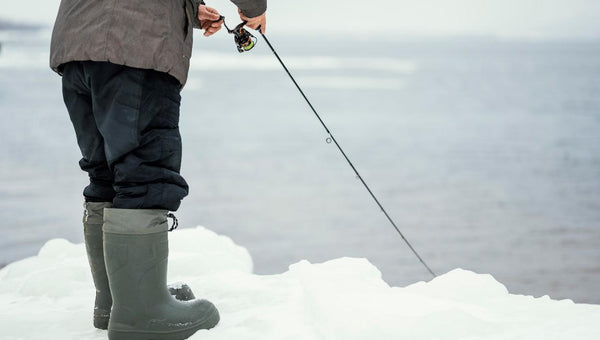
Ice Fishing in the UK: Safety, Gear & Pro Tips
Are you new to ice fishing? It is not like traditional fishing; get prepared for it first. You need customised gear, stay equipped with portable power to have a good...


